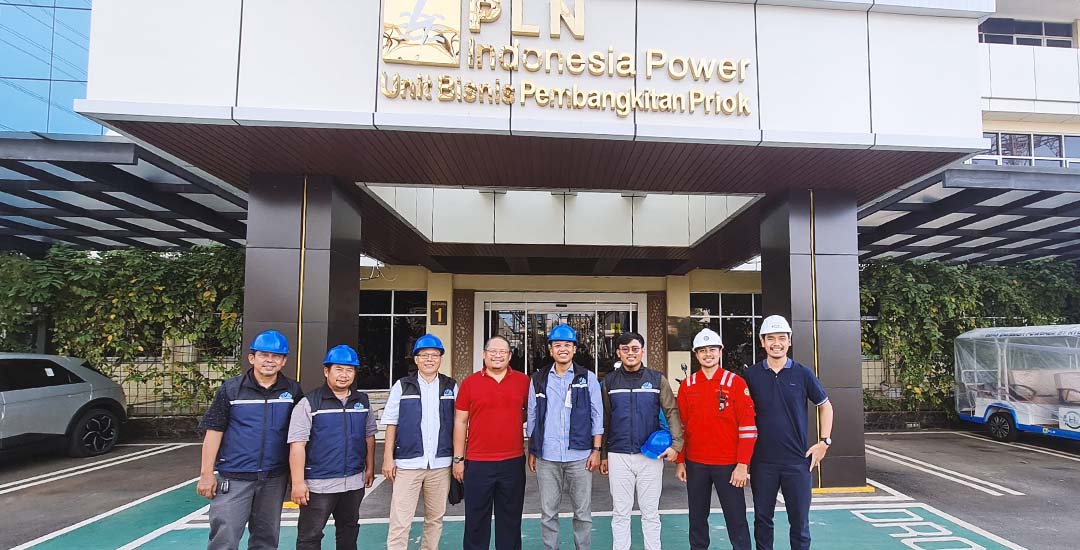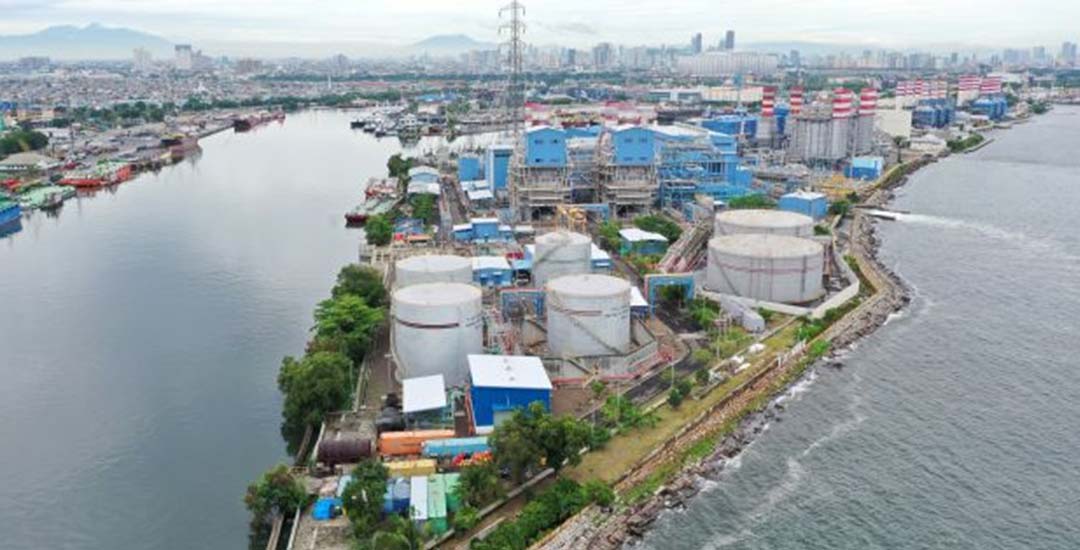
Start! Rob Flood Study in PLTGU Priok Area, Envidata Prepares Experts and Implements K3 Principles
EnvidataID, Jakarta – In early 2025, PT. Envidata Inovasi Indonesia (Envidata) and PT. PLN Indonesia Power UBP Priok (UBP Priok) have officially agreed to cooperate in the Tidal Flood Mitigation Study project in the Priok Gas and Steam Power Plant (PLTGU) area, North Jakarta. This collaboration aims to analyze the tidal flood conditions that are increasingly occurring in the area and to find effective solutions to mitigate their impact on the operation and infrastructure of the power plant. In this project, Envidata acts as a consultant team responsible for designing and implementing a comprehensive study, starting from field surveys, data collection and analysis, to compiling strategic recommendations that can be implemented by UBP Priok. This study covers various technical aspects, including hydrology, building structures, and soil stability, which are crucial factors in managing tidal flood risk in coastal areas.
Rob Jakarta
The rob phenomenon in Jakarta is a tidal flood that occurs in coastal areas due to rising sea levels, especially during high tides. North Jakarta, as a coastal area, often experiences rob which is exacerbated by factors such as land subsidence, climate change that causes sea levels to rise, and reduced drainage system capacity. Rob often causes prolonged inundation, damages infrastructure, and disrupts economic activities and people’s lives.
Potential Threat of Rob to PLTGU
PLTGU located in coastal areas, such as PLTGU Priok in Jakarta, potentially faces various threats due to the tidal phenomenon. The main threats include operational disruptions due to submergence of important equipment, corrosion of infrastructure due to exposure to seawater, and increased risk of power outages if the electrical system is disrupted. In addition, tidal waves can hamper fuel distribution and facility maintenance, which impacts the efficiency and reliability of electricity supply. In the long term, the increasing frequency of tidal waves due to climate change and land subsidence could threaten the sustainability of PLTGU operations, so mitigation steps are needed that are in accordance with the infrastructure design against these threats.

Envidata & PLN Indonesia Power UBP Priok
On Wednesday, February 26, 2025, Envidata together with a team of experts held a coordination meeting at the Priok PLTGU as an initial step before the work entered the survey and data collection stage at the location affected by the tidal flood. This meeting aims to formulate a study strategy, identify potential challenges in the field, and ensure that all technical and methodological aspects that will be used in the research have been thoroughly prepared. Specifically, the experts brought in are pioneers in the field of tidal flood mitigation, with in-depth experience and expertise in designing scientific-based solutions and the latest technology. The experts involved in this project consist of Water Resources Experts who focus on hydrological analysis and water management, Civil Structural Experts who are responsible for the design and resilience of infrastructure to the threat of tidal flooding, and Geotechnical Experts who study soil characteristics and their impact on building stability in coastal areas. With this cross-disciplinary collaboration, it is hoped that the study conducted will be able to produce comprehensive and applicable recommendations in efforts to mitigate and overcome tidal flooding in the Priok PLTGU area.

Implementation of K3 principles in work in coastal areas
In order for all stages of the study to run smoothly and safely, the Occupational Safety and Health (OHS) aspect is a crucial factor that must be considered, especially considering that the study location is in a coastal area that is vulnerable to various environmental risks. The application of Occupational Safety and Health (OHS) principles in coastal areas is very important to protect workers from risks that are typical of the environment, such as tidal flooding, extreme weather, and unstable soil conditions. OHS measures include the use of appropriate personal protective equipment (PPE), such as non-slip shoes and waterproof clothing, as well as emergency evacuation training to deal with floods or tidal waves. In addition, companies must ensure that work infrastructure, such as access roads and electrical installations, are designed to withstand extreme coastal conditions. The installation of an early warning system and increasing worker awareness of environmental risks are also part of the mitigation strategy to create a safe and productive work environment.
With this collaboration, it is hoped that the results of the study can be the basis for making the right decisions in an effort to increase the resilience of the Priok PLTGU infrastructure against the threat of tidal flooding which continues to increase due to climate change and land subsidence in North Jakarta.
Source: envidata.id

